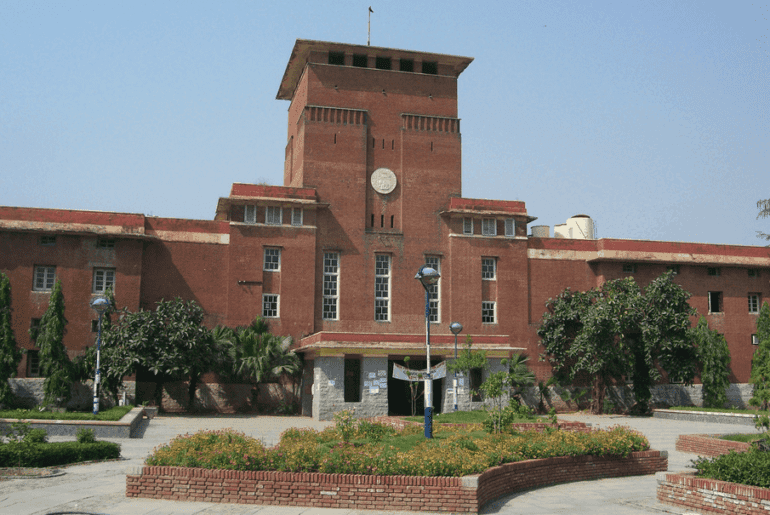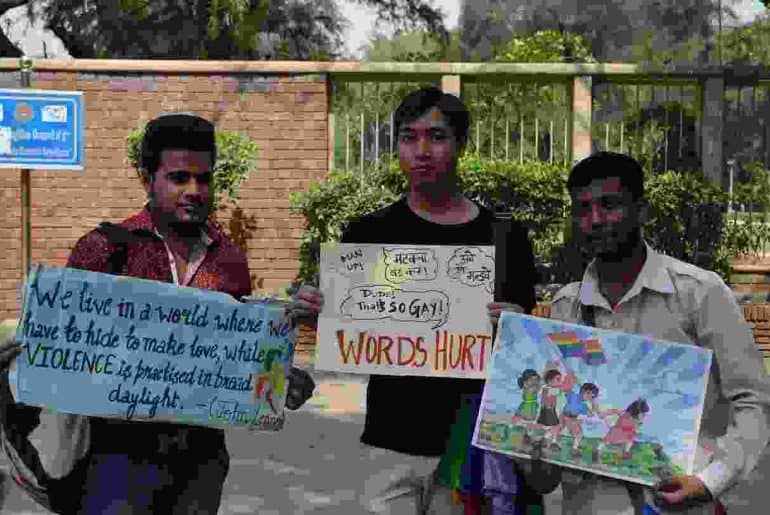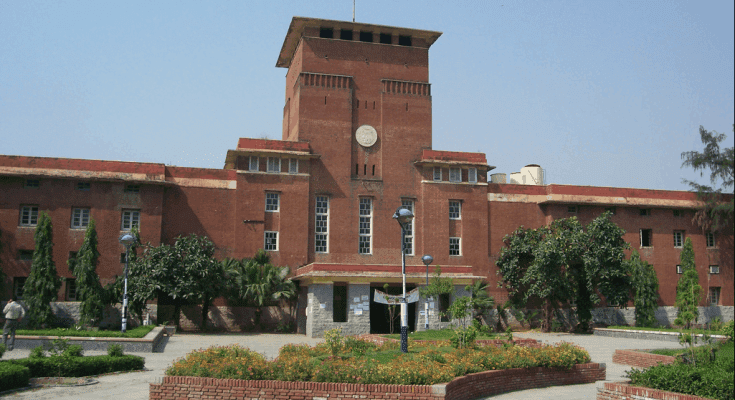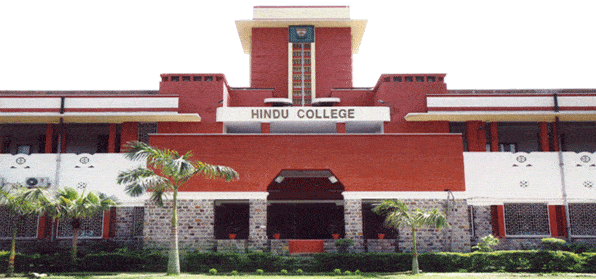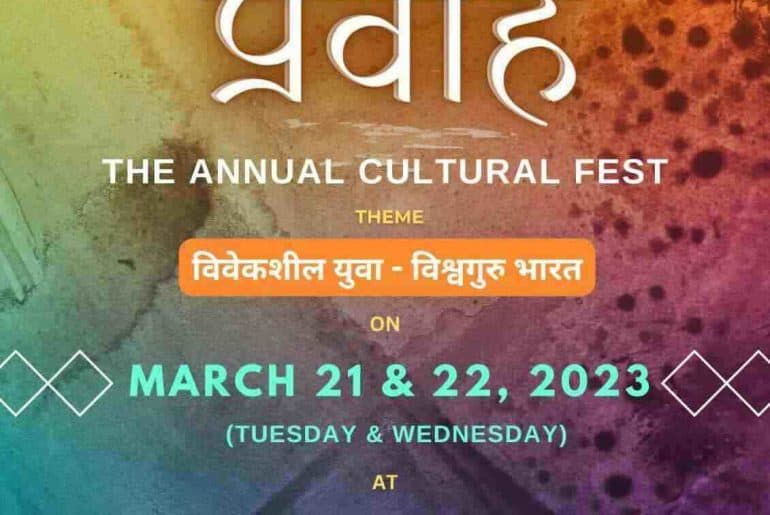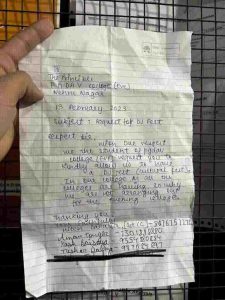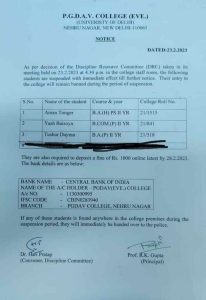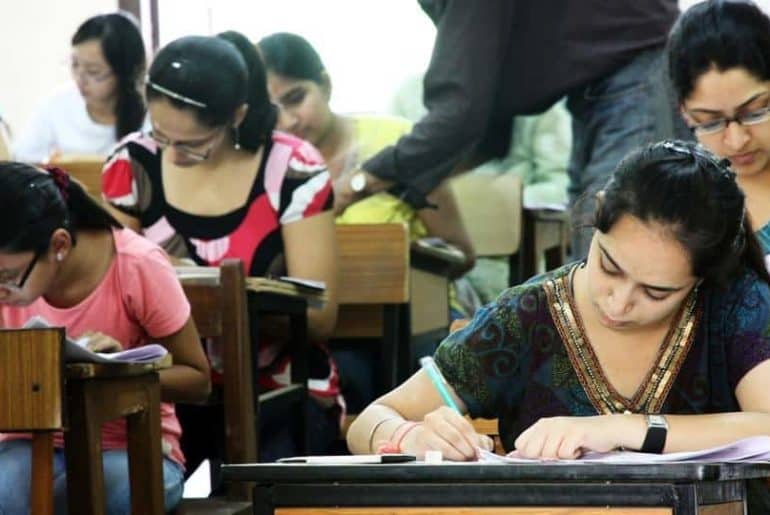As final-years gear up for farewell, here is an attempt by a first-year queer student to ask and articulate what their LGBTQ experience has looked like.
When I first took up this piece, I must admit the tinge of narcissism I brought to the table with me. As a first-year student, I wanted to look up to these seniors—these wonderful, proud, queer seniors, whose mere existence on campus had made me feel safe and like I belonged—for answers. It’s as if my long-suppressed desire of stopping every queer senior in their tracks and bombarding them with questions had finally found a less-creepy outlet. I wanted to ask them if they had felt the same way. Had they stepped into college with similar dreams and aspirations as me? Did those dreams come true? Did they feel just as lost and lonely? Was the feeling going to last forever, or was there someone to turn to? I reached out to the ever-so-loving hand of the guiding senior that DU had taught me to trust so much.
As you can imagine, my plan of mapping out a queer journey and, vicariously, a personal trajectory too, is not exactly how things panned out. Assuming the existence of a single, unified, queer DU student experience was a fallacy in the first place. Each day at DU is a lesson in the incredible diversity of this university, and its queer students are no exception. Queer people are far from a monolith, and their journeys as students at Delhi University are shaped by their wide range of backgrounds, privilege, and family values. Equally important is the college in which they land.
It is certainly true that for many, DU, or college in general, represents a highly liberating and exhilarating experience—to be away from the shackles of one’s often queerphobic and non-accepting family and to experiment, question, and live on your own terms perhaps for the first time is no small deal, after all. The question I wanted to pose, however, is how often those hopes are realised.
I did have very high hopes about Delhi and queerness but it didn’t meet my expectations. Queer people in Delhi have this very secluded, exclusive circle. The community itself has not been too welcoming. If you see a bunch of queer kids hanging out and you think that you can just go and blend in with them, you probably can’t.
Titas, a final-year student from Miranda House
This feeling of alienation, resulting from a homogenised, elitist, and exclusive queer culture, is one that I sadly found echoed by most final-year students that I talked to. Another person lamented,
Being queer is always supposed to look a certain way in DU. I, as an individual without coloured hair, multiple piercings, non-ability to party, drink alcohol, etc always feel like I don’t really belong in these circles.
An anonymous final-year queer student
Rejected from these social circles, one may turn to queer collectives and gender cells for community—or at least so I thought in my naivety. The very existence of these bodies in most DU colleges remains an exception to the rule, especially when it comes to whether or not the college administration recognizes them officially. Much to my disappointment, I was additionally disillusioned about the integrity and effectiveness of these bodies in colleges where they do exist.
Most administrations are happy to use places like the Queer Collective tokenistically to appear progressive when required, but otherwise want everyone to be hush hush about the same on most accounts. You’d expect at least DU professors to be progressive and all that? Most aren’t.
—an anonymous final-year queer student
Problems of elitism are quick to seep into queer collectives too. Their effectiveness, in that case, seems to stem from how empathetic and accepting an environment they are able to cultivate and the true sense of community they may foster.
We were able to start a queer collective in our college. It’s not a formalized society, but it does exist as a safe space for people to come and talk about things. I personally saw a lot of people journeying from what they thought was their cishet identity to their queerer identity, and that was really nice to be able to see them be open with their friends and have that safe space. So, I think in terms of the University, if we just have more places like that where people, one, have the ability to learn, and two, have this community where they can talk to people, it would be great in terms of making the University more queer-friendly.
— Sagarika, a final-year student from St. Stephen’s College
As with all things DU, politics also factors in a big way when it comes to being queer on campus. While for some, their identity becomes a political statement in itself, others prefer to distance themselves from such a stance.
The “safe” space of DU definitely comes with multiple terms and conditions. At a time when there is a humungous right-wing upsurge in the university, there is constant control of the queer folx around.
The queer community itself is largely covertly divided because not everyone has the access to the same kind of social resources and that creates the image of what queerness is acceptable and what is not. Nonetheless we have come a long way from multiple colleges to having just gender cells to now having queer collectives. It is definitely a step forward but there still stands a long way to go.
But amidst all the brouhaha I hope that people never lose sight of the fact that pride was and must always remain a protest first and a celebration later. To alienate one from the latter is a disservice to the history of this deeply political movement.
– Anwesh Banerjee, final-year student from Ramjas College
One of the loveliest anecdotes that I came across while working on this piece was one shared by a final-year student from one of DU’s women’s colleges. I must spare the details for the sake of anonymity, but they described finding, within the pages of decades-old library books, queer love letters and Urdu shayari written for and by the women students of the institution. There is solace to be found in this history of queerness at DU, but it also signals the continuing presence of queer students as part of the diversity of this campus. LGBTQ+ voices have mattered and will always continue to matter as queerness continues to shape this dynamic university space.
Read also: The Need for Queer Collectives in Colleges
Featured Image Credits: Scroll.in
Sanika Singh
[email protected]

